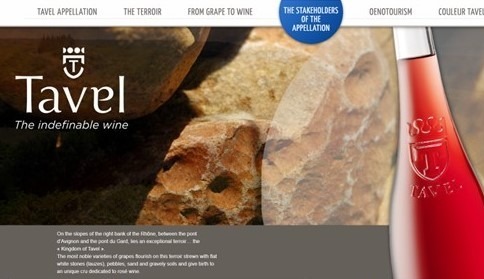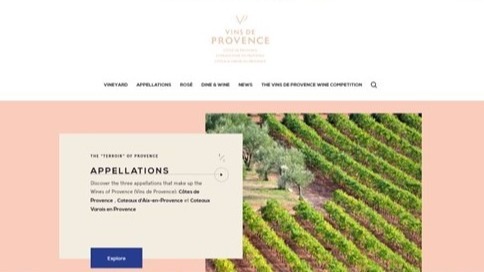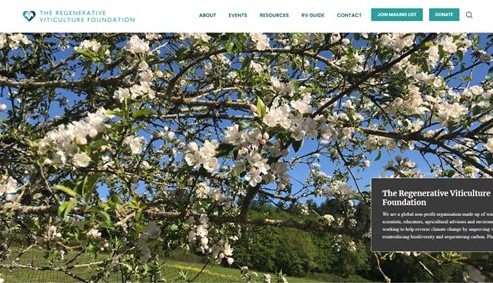Rosé Wines
Muga Flor de Muga Rosado 2024 Rioja Spain
coming soon ...
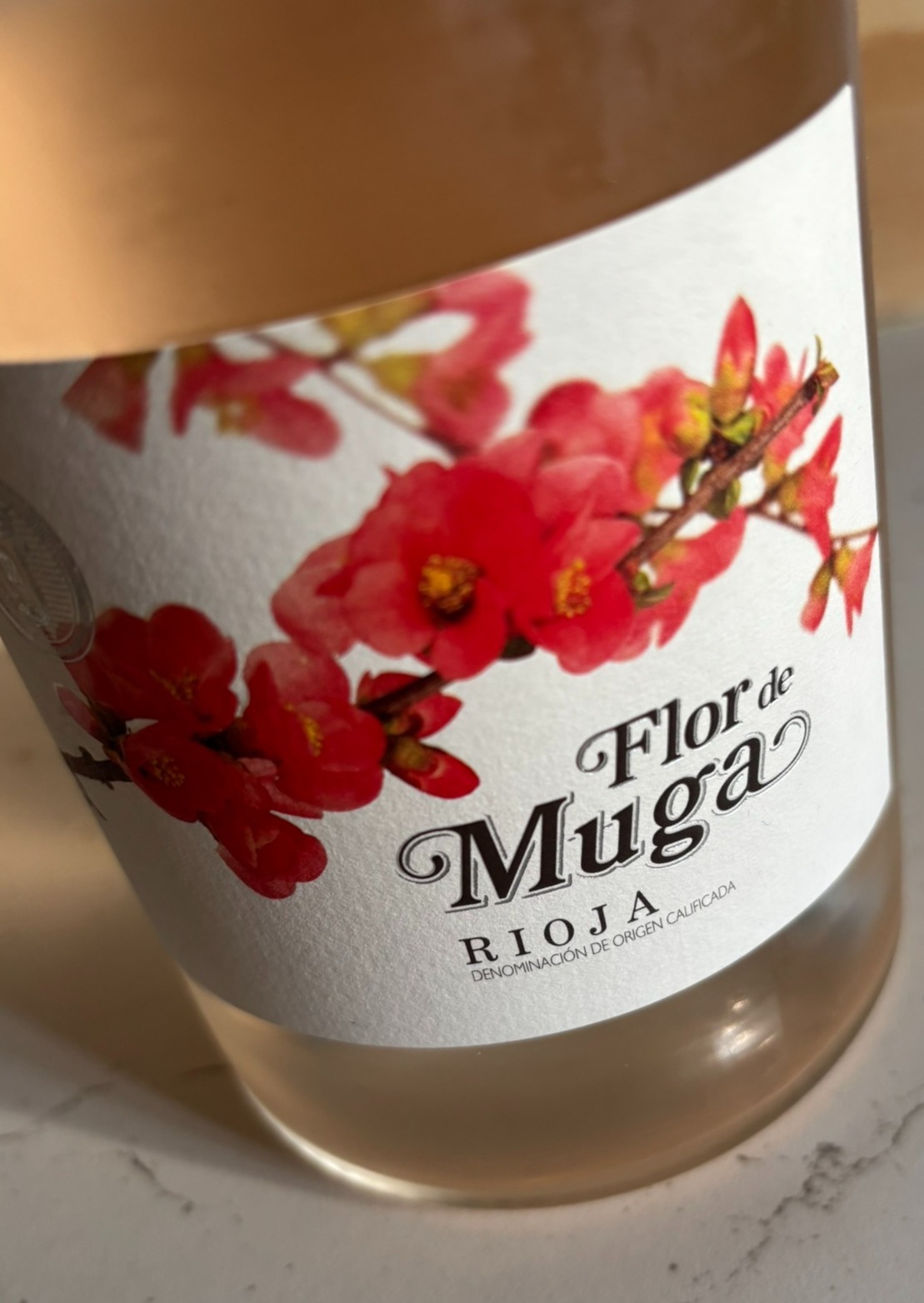
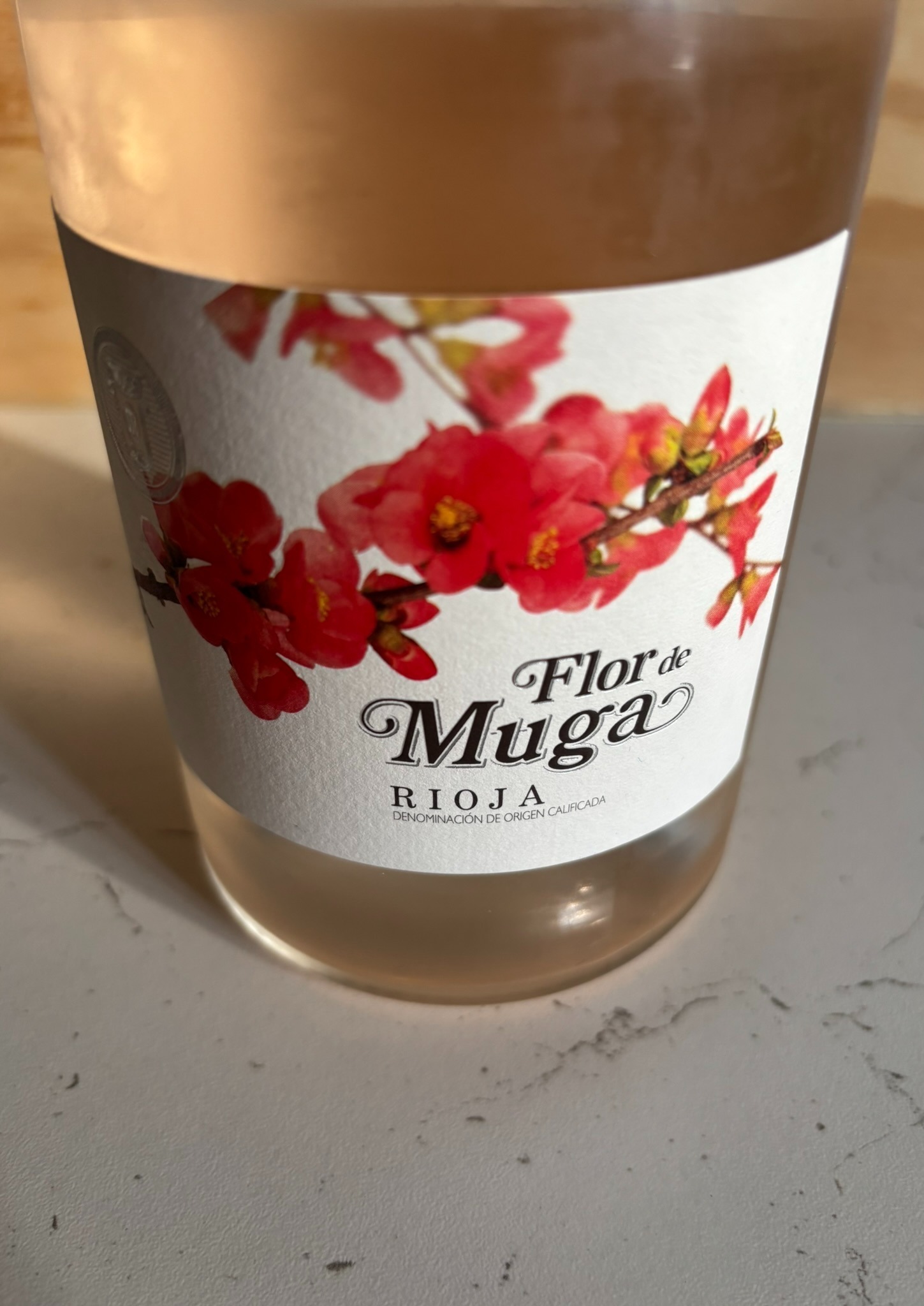
Allende Rosado 2018 Rioja Spain
coming soon ...
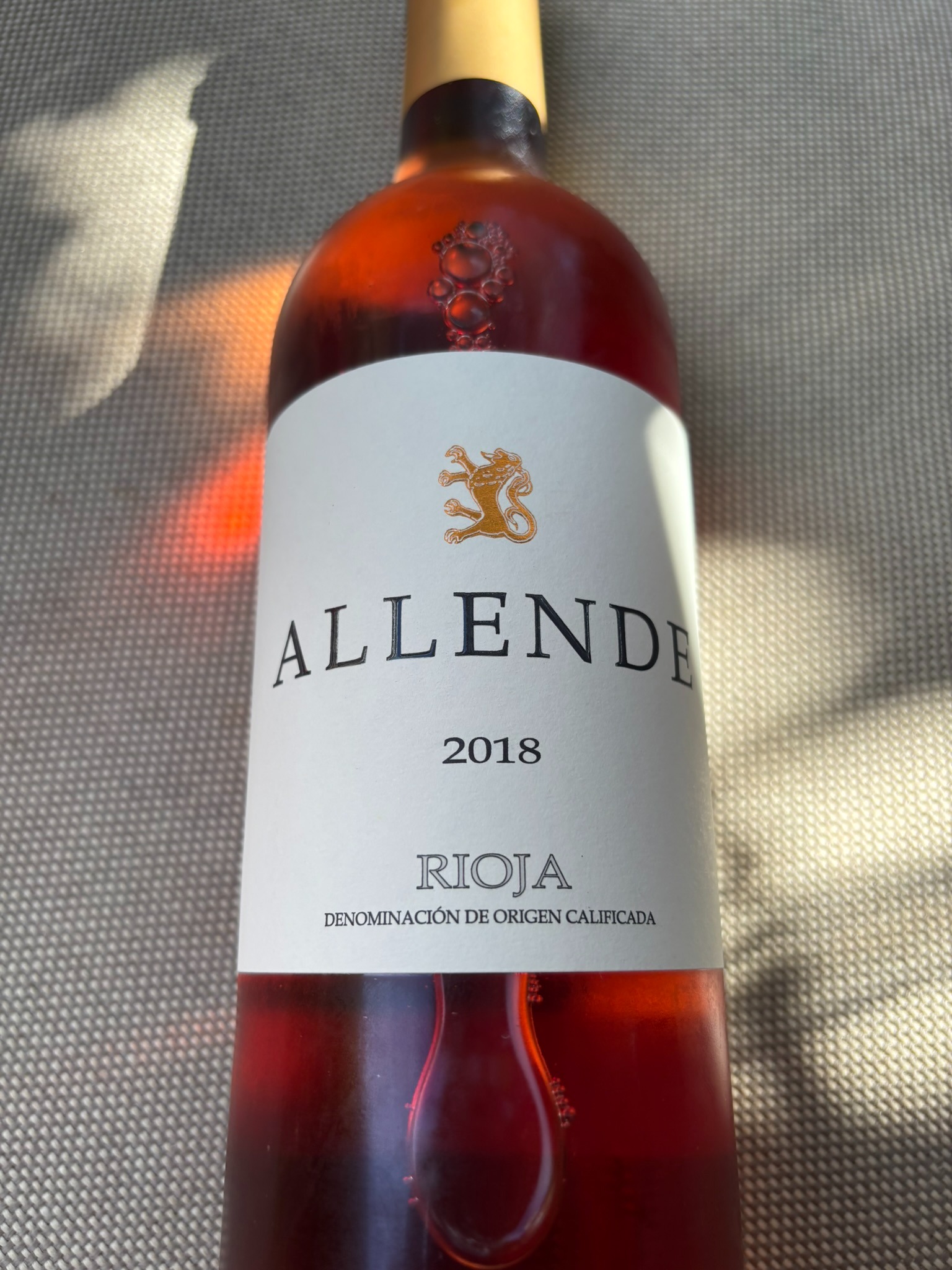
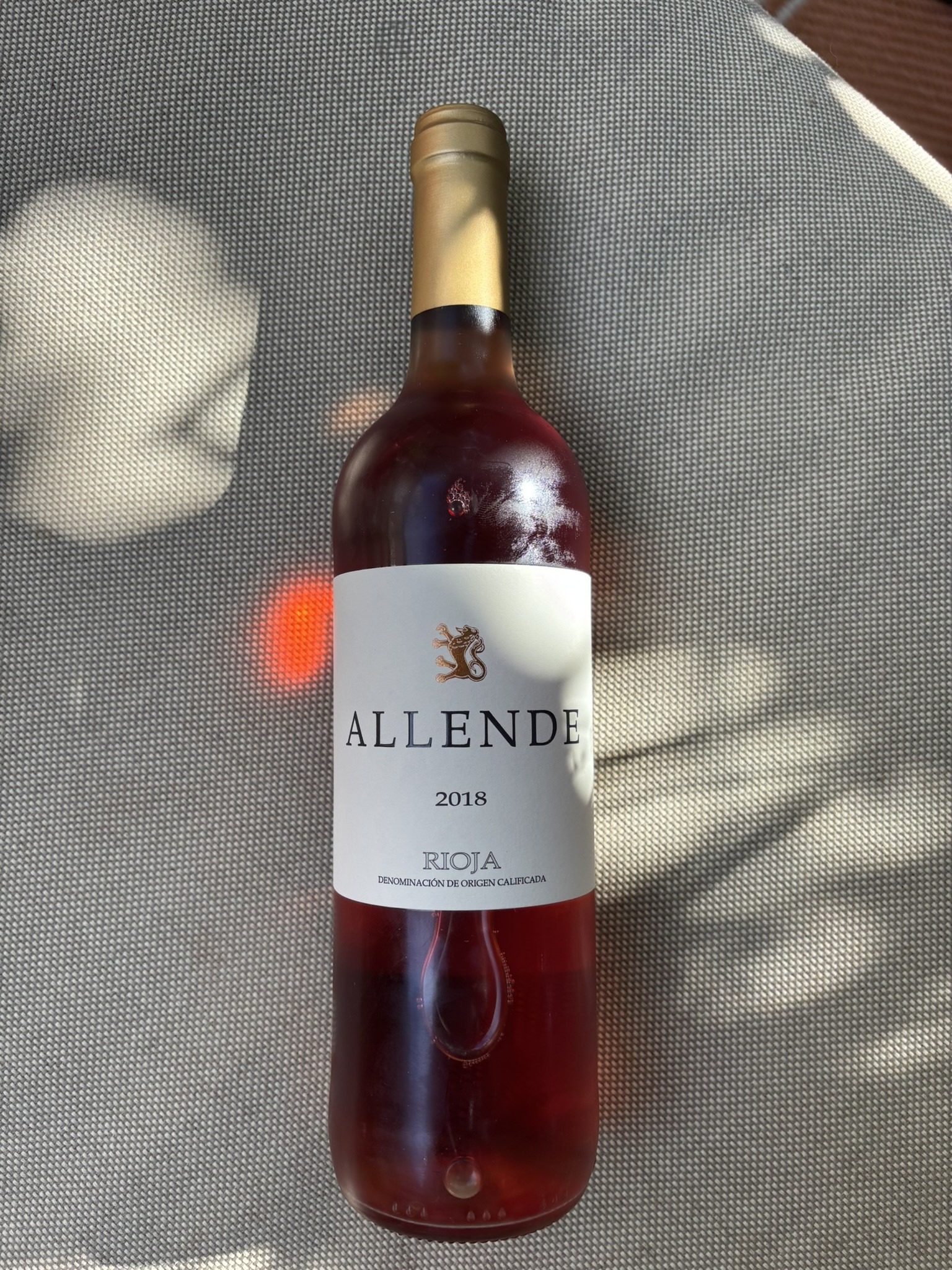
Domaine Noël et Jean-Luc Raimbault Rosé 2022 Sancerre France
Sancerre AOC is virtually synonymous with the classic Sauvignon Blancs of the Loire Valley. These whites dominate the landscape of the Loire’s Central Vineyards to such an extent that it’s all too easy to forget that reds and rosés are also made here from the noble Pinot Noir grape. A quick look at the Vins du Centre Loire website confirms, however, that before Phylloxera decimated vines in the nineteenth centre Pinot Noir was the most common variety locally. The success of Sauvignon Blanc means that PN planting have dwindled to approx. 18% of the total area under vine, with rosés now accounting for just 6% of the area’s output. But they are certainly not to be ignored.
Domaine Noël and Jean-Luc Raimbault, owned and run by the two titular brothers (and now managed by Jean-Luc’s daughter, Charlotte) makes the full range of wines under the AOC: a white, a rosé and two reds. Their 13 hectares of vines spread over four communes (Sury-en-Vaux, Verdigny, Bannay and Sancerre itself) which gives them access to all three main soil types of the area: limestone-rich Caillottes and Terre blanches, and the flinty Silex. This gives the winery the maximum flexibility in creating individual wines.
Their rosé, crafted by direct pressing and fermented in temperature-controlled tanks I understand from Charlotte, comes from Pinot Noir grown on the clay-limestone of Terres blanches. It’s a reasonably robust pink colour with a hint of lucent orange around the gills – very pretty in the glass, in fact. It has pronounced aromas of red apple and ripe red berries overlaying hints of orange blossom and stone fruit (white peach and apricot). There’s a nice caramel quality that cuts through the dryness of the wine to give it a toothsome, almost toffee-apple whimsy. The red fruits come through more insistently on the palate: raspberry, redcurrant, hints of strawberry even. There is a slight flintiness to the wine, too, but it is there giving shape to the fruit rather than taking the lead.
The acidity is restrained to a medium + level making it an eminently drinkable aperitif wine. There’s a bit of body and some texture (although not from lees exposure, I am told). The length is to the long end of medium, resolving into sweet red apple and redcurrant with an echo of smoky PN in the aftertaste – just enough to give the wine a lingering, enigmatic quality that brings you back to the glass with renewed interest.
It’s a nicely drawn and balanced wine, clean and with more character than many a rosé. Its fruit profile and good texture mean that it would make a perfect accompaniment to some of the area’s goat’s cheeses, particularly those with a chalkier, more savoury quality. The family themselves recommend pairing it with Asian food and I’d very happily follow their advice with something gingery and with a bit of chili, maybe from Thailand or Vietnam.
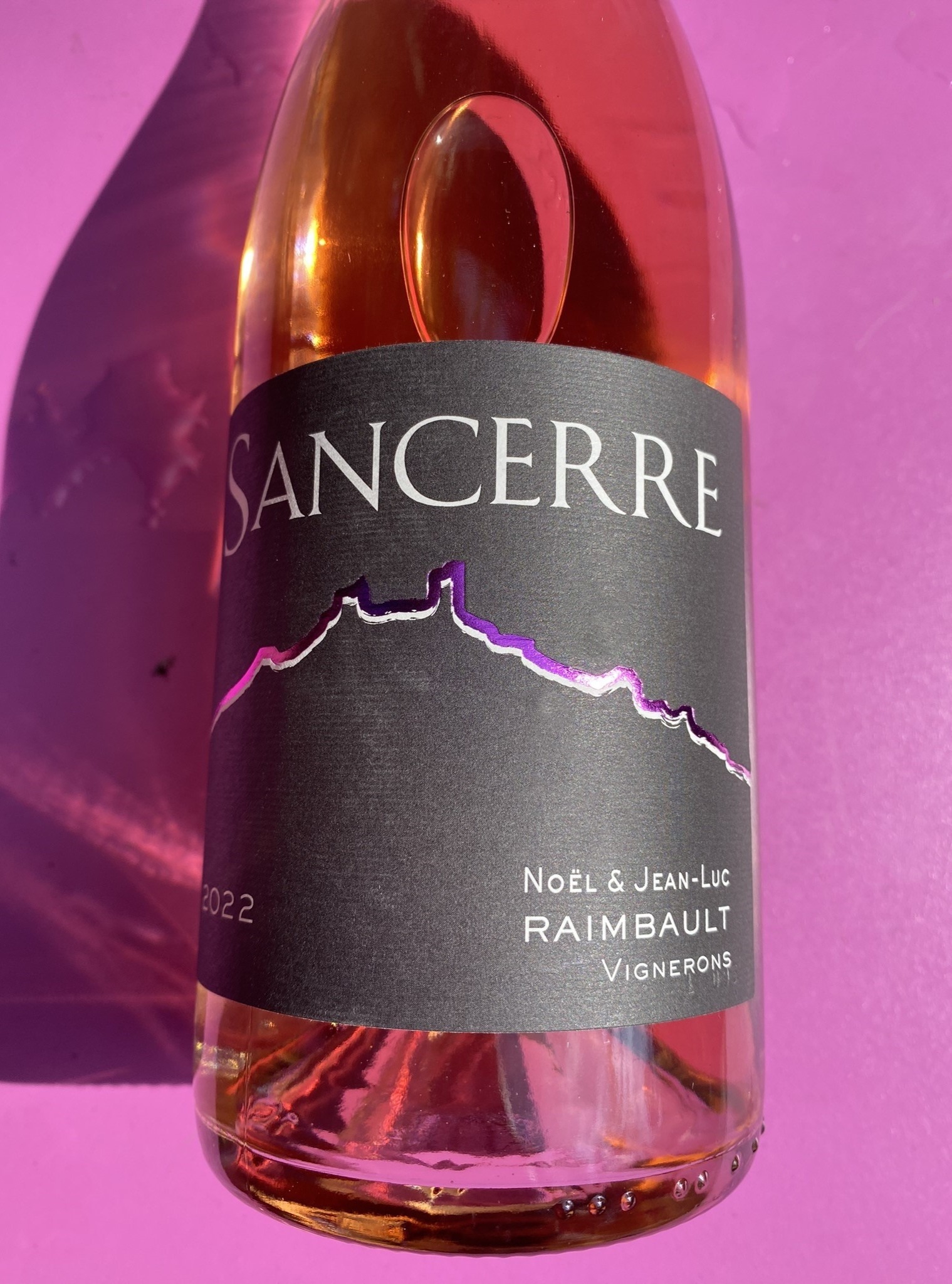

The Pale Rosé by Sacha Lichine 2022 Var France
“By Sacha Lichine” is the sort of epithet one might expect from a high-end fashion house or perfumier. It gives this wine a touch of Côte d'Azur glam, something reflected in the design of the bottle and label with their Great Gatsby, Croisette styling. Sacha Lichine is the name behind Château d’Esclans, home to the all-conquering Whispering Angel. He acquired the chateau in 2006, quickly building a reputation for elegant but highly drinkable rosés including Rock Angel and their top-level Garrus made from a single vineyard of old Grenache vines. The Pale, along with the fun, accessible The Beach sits at the less rarefied end of their portfolio but it would be a mistake to read its frivolity for lack of serious wine making.
The Pale is a classic Provençal blend of grapes (predominantly Grenache, Cinsault and Syrah, I understand) grown in the Var department, the region between Marseille and Cannes. Living up to its name, it’s the palest of pinks in the glass. The nose displays lightly perfumed red apple and redcurrant, outlined by an orangey citrus. There are very subtle tones of white peach beneath. The acidity is well controlled and tending to the higher end of medium (only) giving it a round and approachable feel. You can feel a slight textural weight, as well as a certain lactic funk that adds complexity to the fruit. Both derive from the period of lees ageing the wine undergoes.
At 13% ABV, the alcohol is a little warmer and more evident than in the Ultimate Provence wine below but it’s still nicely under control. It’s a dry wine certainly but you can taste the sun-drenched landscape of the Mediterranean coast in its pleasingly ripe fruit. This moves the dial further again from taut and austere over into smooth and amiable. I’d like this well chilled with sushi and plenty of pickled ginger.
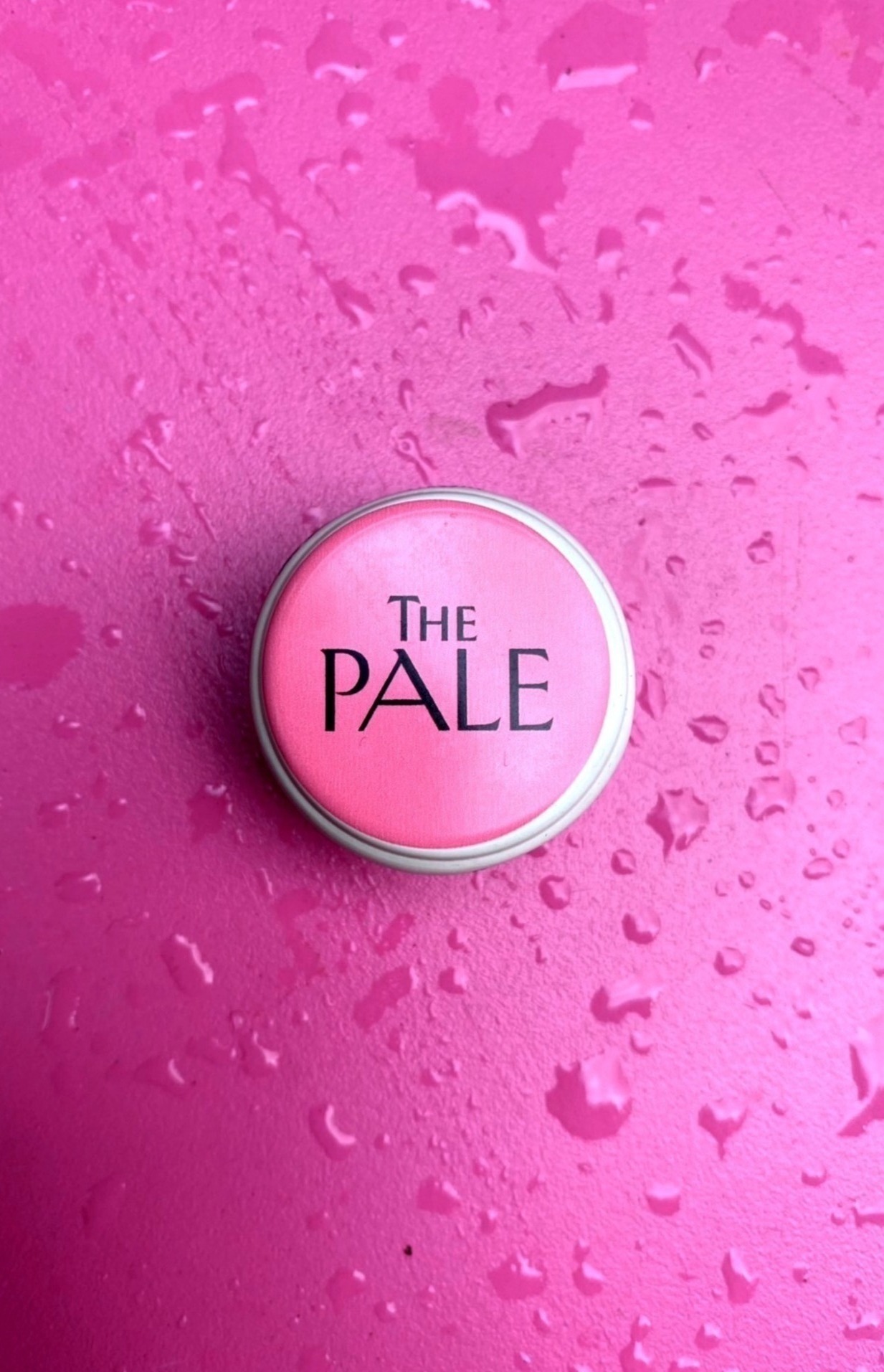
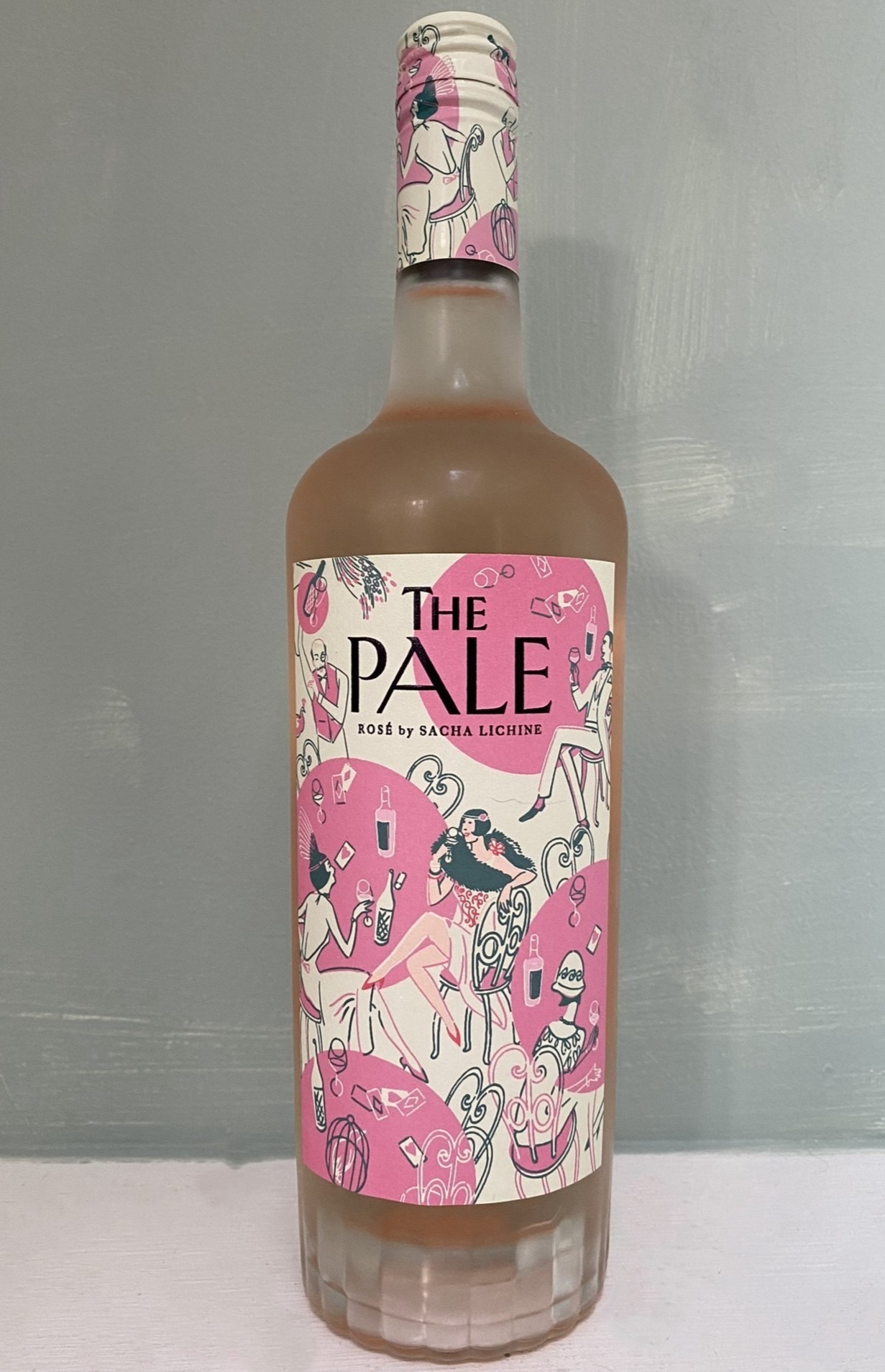
Ultimate Provence UP 2022 Côtes de Provence France
Grenache and Cinsault provide the backbone of Provence winemaking, the vast majority of which is used to create the signature pale pink wines of the area. The light, crisp and refreshing wines of AOC Côtes de Provence are all blends and can also include a number of other varieties such as Syrah, Mourvèdre, Rolle (the local name for Vermentino) and a lesser-known local grape, the aromatic Tibouren.
Producers such as Miraval, Château Minuty, Mirabeau and Château d'Esclans, in whose portfolio sit the all-conquering Whispering and Rock Angels, have instituted what has been called a “rosé renaissance” since the turn of the millennium. Often presented in beautifully designed bottles portraying a style that foregrounds freshness and immediacy, it’s a mistake to dismiss the wine they contain as thereby lacking in substance or gravitas.
Château d’Esclans, for example, famously nurtures their old-vine Grenache, picking the grapes in the cool of the early morning and blending them into cuvées that are eminently capable of ageing. The razzamatazz of the Côte d’Azur is an integral part of their appeal nonetheless and it’s hard to deny that these ravishing pinks look marvellous dripping with condensation on your yacht deck. They also have a certain insta-appeal, of course.
Ultimate Provence (UP) rosé, complete with its delightful, sculpted bottle is a blend of Grenache, Cinsault, Syrah and Rolle that hails from vineyards in the hinterland behind St Tropez, near the Plaine de Maures nature reserve. Delicate pink in colour, the wine offers a range of red-fruit flavours, raspberry, cranberry and the subtlest hint of strawberry together with a twist of citrus. The acidity is fresh and helps to keep the fruit defined and perky. A little weight and some texture provide interest in the mouth and there’s a ghost of warm spice and pink flowers (I suspect from the Syrah and Rolle respectively) that plays well with the fruit and mineral notes. Both acidity and alcohol are well integrated – not always a given in rosé. Altogether, an elegant, summery glass that would be excellent served chilled with white peaches and goat’s curd for a light lunch or with early-evening canapés on that yacht.
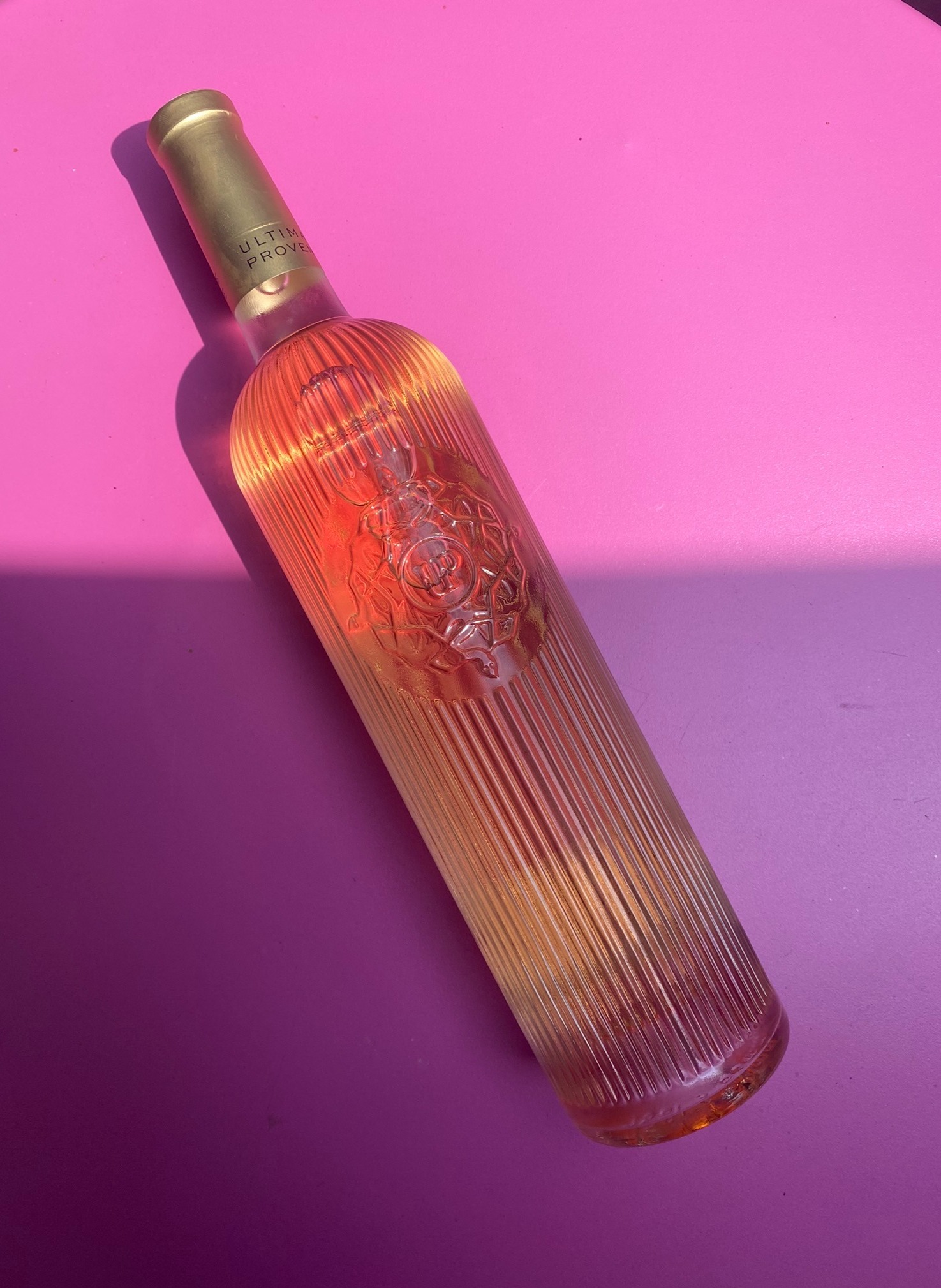

Useful links
Syndicat Viticole de l’Appellation Tavel
The Rhône's famous Tavel rosés - news and info from the folk themselves.
Vins de Provence
All things rosé from the specialists at the Conseil Interprofessionnel des Vins de Provence (CIVP).

